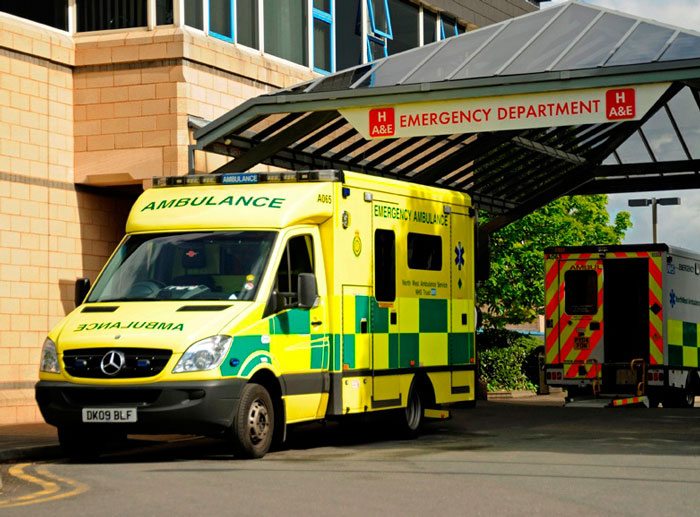Nearly 2 million individuals attend an accident and emergency unit in the NHS each month, with a steady increase month over month in the last year.
As of April 2017, a 4% growth in patients has put pressure on A&E units of all types, with the most notable in type 1 major incident departments. The need for emergency medical attention is slated to continue its upward climb in the years to come due in part to a growing patient population, but some question whether the NHS and its nearly 200 A&E units are prepared for the increase.
A recent announcement detailing the closure and downgrade of 24 of the 175 A&E units throughout the UK has been a cause for concern across the board.
This year, the two dozen A&E type 1 units closing or downgrading to a lesser unit type will divert patients to nearby departments for a range of healthcare needs. Type 1 units are often described as the first line of defense in a patient’s care needs, given these departments are staffed with medical consultants 24 hours per day, seven days per week. Major medical ailments are diagnosed and treated at type 1 units, while specialists man type 2 units and minor illnesses and injuries are treated at type 3 units. While the closure of certain A&E units has been on the agenda for quite some time as part of the NHS’ five-year forward plan, the decision to do so at a time where patient demand is growing creates unnecessary complexity for individuals seeking healthcare in the UK.
The Struggle with Patient Care
Through multiple sustainability and transformation plans embedded in the five-year project laid out for the NHS, the closure of A&E units is intended to serve as a method to not only streamline the care process but to also cut costs for the NHS overall.
However, emergency care units have faced scrutiny as it relates to the quality of care provided to individuals over the last decade, most notably in the realm of wait times. As a way to improve the experience patients have with the NHS, wait time targets not to exceed four-hours were put in place as a standard of care each A&E unit should meet. The unfortunate truth is that only four out of the 139 NHS hospitals with type 1 A&E departments have met the target of 95% over the last few years, with the rest failing to see or admit patients within the four-hour window. With wait times already a point of contention among patients, advocacy groups, and the GPs, nurses, and staff who care for patients, it is a stretch to think reducing the number of available A&E units is the right move at the right time.
A solicitor from a medical negligence firm that handles numerous A&E claims each year expands on this concern from another point of view. NHS trusts have seen an increase in the number of individuals needing admission from an A&E unit to a hospital bed over the last five years, posing an increasing problem throughout the system. Bed-occupancy rates are at record highs for several reasons which means A&E patients are waiting even longer than the four-hour wait time to be admitted. Without a quick, seamless transfer to hospital admission from an A&E unit, diagnosis and the subsequent treatment cannot begin in a timely manner, leaving patients in a situation where deteriorating health may be inevitable. The closures of A&E units throughout the country could lead to extended wait times for hospital admittance if other measures are not put in place to manage an increased patient load at facilities where emergency services are still available.
The NHS has long had a desire to reduce its financial footprint, and the five-year forward plan holds some promise in achieving this daunting task. However, the closures of A&E units have the potential to put undue pressure on neighbouring emergency service departments, especially those that may already experience staff shortages and increasing patient populations consistently. While the expenses associated with maintaining the 24 A&E units slated to close may quickly fade, the NHS faces the challenge of caring for its patients with fewer resources than before. Without a strategic plan to ensure individuals visiting A&E units do not wait an extended period without seeing a doctor or specialist, the closures may not prove to be financially beneficial to the NHS in the long run.


![[Review] Come From Away at Oxford’s New Theatre: A global phenomenon!](/images/content/1-main-picture-library/columnists/jess-durston/come-from-away-review/come-from-away-header-image.jpg)



![[Review] We're off to see the Wizard at Oxford's New Theatre](/images/content/1-main-picture-library/columnists/jess-durston/the-wizard-of-oz-musical/munchkin-land.jpeg)
Your Comments
Be the first to comment on this article
Login or Register to post a comment on this article